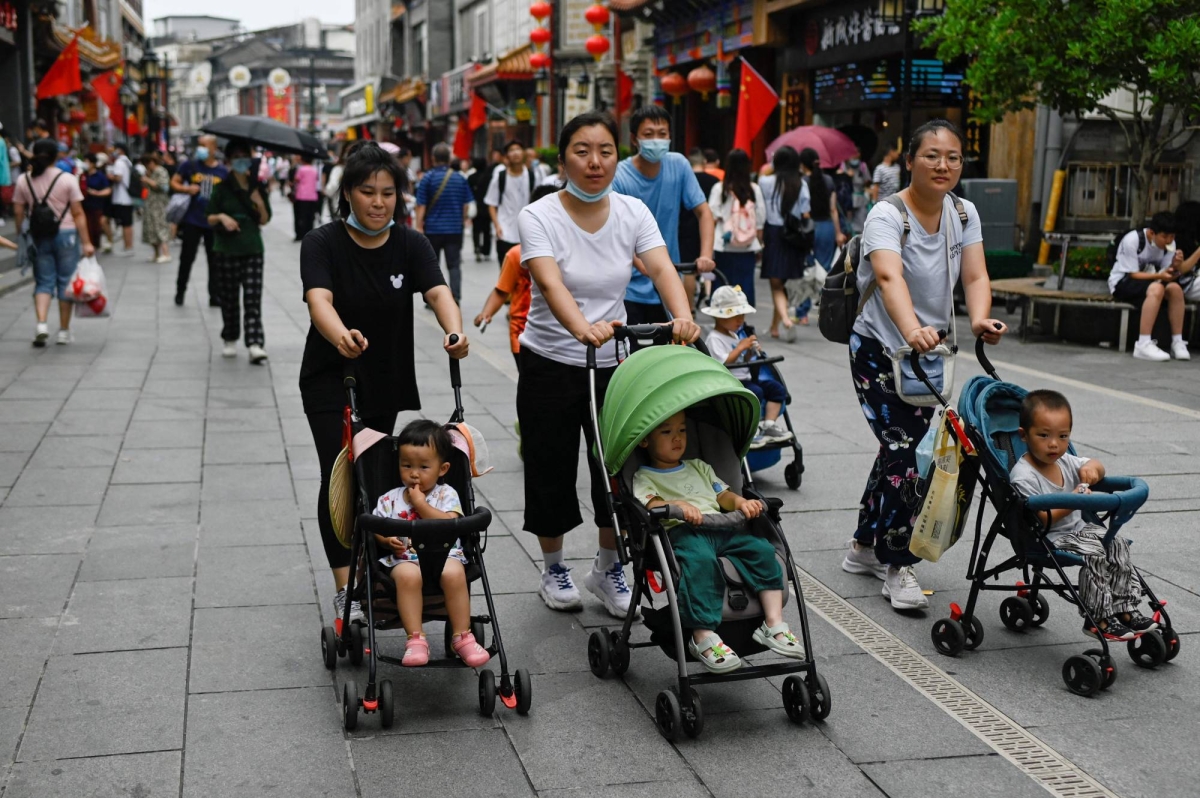In an effort to counter a historic drop in birth rates and an aging population, China has announced new child care subsidy measures aimed at encouraging families to have more children. The initiative reflects a growing urgency within the country’s leadership to address demographic challenges that threaten long-term economic stability and social development.
The newly introduced subsidies are part of a broader national policy shift focused on supporting families through financial incentives and improved social services. As part of this strategy, the Chinese government is offering direct payments to families with young children, expanding access to affordable child care, and incentivizing employers to adopt family-friendly practices. These reforms are designed to relieve some of the financial and logistical burdens associated with childrearing—factors that surveys have consistently shown to be major deterrents to family expansion.
In recent years, China has experienced a steady decline in birth rates despite the relaxation of the one-child policy in 2016 and the subsequent introduction of a two-child and then a three-child policy. The total number of births in the country has dropped to record lows, prompting officials to seek new approaches to encourage population growth. The current fertility rate stands well below the replacement level of 2.1, sparking concerns about the long-term implications for the labor force and economic productivity.
The latest policy measures, announced by the National Health Commission and other relevant bodies, include monthly subsidies for children under the age of three. The amount varies by region but aims to ease costs associated with early childhood care, including day care, nutrition, and medical needs. Some pilot programs also offer tax deductions and housing benefits for eligible families.
In addition to financial aid, authorities are emphasizing the expansion of public early education and child care infrastructure. This includes increasing the number of government-supported nurseries and preschools, particularly in urban areas where the high cost of living and limited access to services have made raising children particularly difficult. The plan also encourages private sector investment in the child care industry, signaling a broader effort to create a sustainable and diverse support system for young families.
Los gobiernos locales en varias provincias han comenzado a aplicar estas políticas. Por ejemplo, ciudades como Shenzhen y Chengdu han establecido pagos mensuales por cada hijo, mientras que otras regiones están explorando subvenciones vinculadas al estado laboral de los padres o al nivel de ingresos. Aunque el gobierno central define directrices generales de política, gran parte de la implementación queda en manos de las autoridades regionales, lo que resulta en diferencias en la estructura y accesibilidad de los programas.
Experts view the policy as a step in the right direction, though many emphasize that financial incentives alone may not be sufficient to reverse demographic trends. The high cost of education, career pressures, housing prices, and limited parental leave policies are all cited as persistent obstacles to higher birth rates. Social attitudes toward marriage and childbearing have also shifted, particularly among younger generations, with many delaying or forgoing parenthood altogether.
To tackle these issues, a few local governments are experimenting with more all-inclusive methods, such as longer parental leave, adaptable work schedules, and enhanced reproductive health services. Additionally, there is an increasing effort to engage employers in establishing family-oriented workplaces, providing benefits to companies that assist employees with small children.
The Chinese authorities have emphasized that ensuring demographic stability is now a priority at the national level. Top policy papers have depicted the fertility challenge not just as a social issue but also as an economic necessity. A declining number of people of working age, combined with an increasing elderly population, could impose considerable pressure on pension schemes, healthcare systems, and the growth of the economy.
China’s population declined in 2022 for the first time in six decades, a moment seen by many analysts as a turning point in the country’s modern history. This demographic shift has sparked debates about how best to balance social policy with economic development, particularly in a context of rapid urbanization and technological change.
In this scenario, implementing child care subsidies is not a standalone action but a component of a comprehensive approach to reform the way families receive support at different stages of life. By providing specific aid during early childhood—when expenses are substantial and parental duties are demanding—decision-makers aim to foster an environment that is more favorable to starting a family.
Nevertheless, the future remains unclear. Nations like Japan and South Korea, which have encountered comparable demographic issues, have had difficulty in substantially increasing birth rates even after years of policies supporting childbirth. The Chinese authorities are examining these global examples meticulously as they develop strategies suited to their nation’s distinct cultural, economic, and societal context.
Public reception to the new subsidies has been mixed. While many families welcome the financial support, some express skepticism about whether the measures go far enough. Others point to the need for deeper reforms in housing, employment, and gender equity, arguing that true fertility support requires a more holistic rethinking of how family life fits into modern Chinese society.
Some experts in demography propose that the true solution to increasing birth rates involves more than just financial incentives; it requires changing the fundamental societal standards that affect choices about having children. This might involve altering perceptions of women’s participation in employment, encouraging a fairer allocation of domestic duties, and fostering an environment that appreciates family life as much as career success.
As these child care subsidy programs begin to roll out across China, they will likely be closely watched by policymakers and scholars around the world. The effectiveness of these measures in stabilizing or reversing the country’s demographic decline could serve as a model—or a cautionary tale—for other nations facing similar population pressures.
In the coming years, the success of these initiatives may depend on how well they are integrated into a larger ecosystem of social supports. While child care subsidies alone are unlikely to solve China’s fertility crisis, they may mark a crucial starting point in a broader reimagining of the country’s approach to family policy.




